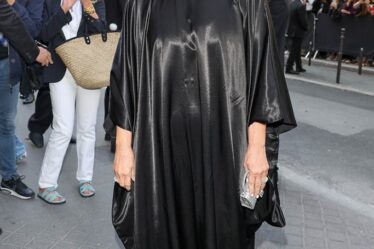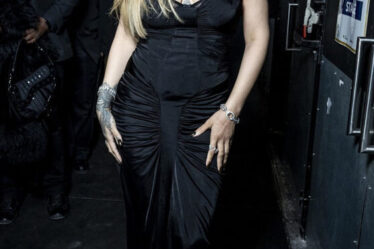
Bangs is a hairstyle that people tend to love or hate. Those in the latter category might actually be bangs-curious, but dislike them for the added upkeep, effect on the skin, or the annoying way they can get in your face. If you feel this way but don’t actually hate the look of bangs, stylists say the winter is the perfect time to do a little experimenting.
“The hair is more manageable during the winter because of the climate being dryer and colder,” says Ann Marie Murphy, a hairstylist and founder of Ann Marie’s Beauty By The Beach.
But there are other reasons you may want to book a trip to the salon in the near future. Read on to hear from the experts about the benefits of getting bangs now, as well as some of the best styles and how to care for your new bangs in both cold and warm weather.
READ THIS NEXT: 5 Tips for Having Bangs Over 60, According to Stylists.
Cooler and drier temperatures are one benefit of having bangs in the winter. You won’t have to worry about them curling up from humidity and looking greasy from sweating.
But the real reason this is a good time to experiment is that if you don’t like having bangs, you have time to grow them out before summer, and it’s easier to conceal them.
“A lot of people stay in during the winter, which means it can be a fun time to experiment with new hairstyles as you tend not to see as many people,” says Watson Anthony, professional hairdresser and editor-in-chief for Hairstyle Camp. “If you don’t like them, you can simply wear winter hats to cover them up!”
Stylists recommend starting with a longer bang as a first step to determine how you like the look. You can always go shorter, but remember that hair only grows about a half-inch each month.
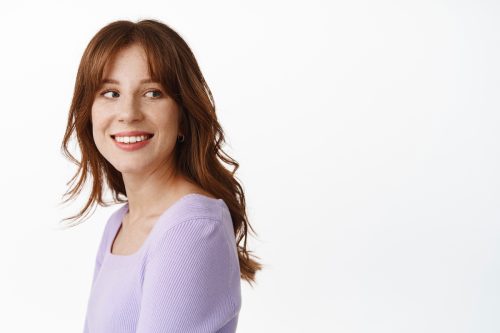
If you’re ready to give bangs a shot, stylists say this year’s trendiest styles are throwbacks to decades past.
Murphy says her favorite look of the moment is the curtain bangs made famous by Farrah Fawcett in the ’70s. Jean Will, the co-founder of NiaWigs, notes that model Bella Hadid is currently wearing this style, which typically includes a center part and side-swept bangs that gradually get longer.
“With this look, the attention is on the eyes rather than the form of the face. It adds extra style because of its shaggy appearance,” Will explains.
The intentionally tousled shag bangs of the ’90s are also popular right now. “They are edgier and also less maintenance because of the wildness of the bangs. They don’t have to be perfectly cut across and are much easier to style,” says Watson.
READ THIS NEXT: How to Embrace Keeping Your Hair Long After 50.
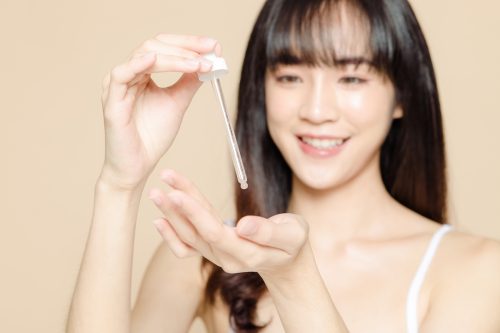
No matter which style you go with, the cooler temperatures will have some negative effects on bangs.
“Frizz and static are your worst enemy in the winter,” says Anthony. “It can cause your hair to stand right up, or stick to your skin which makes your hair look very flat.” To mitigate these effects, he recommends using frizz-control oils and volumizing shampoo.
Krysta Biancone, the co-founder of Amari Salon & Spa and hair stylist at Hair by Krysta, also points to how the lack of moisture in the air can dry out your bangs. To help, she suggests “avoiding heat styling tools as much as possible (especially blow drying), using a leave-in conditioner or oil to keep them hydrated, and having regular trims to avoid split ends.”
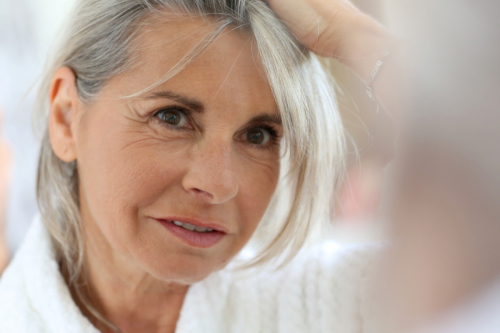
But do be prepared to change up your bangs-maintenance routine once warmer weather arrives. Anthony says sweating can cause bangs to “become greasy and be weighed down.” You also don’t want to compensate by over-washing your hair (this will, in turn, dry it out), so he says dry shampoo is a great on-the-go way to remedy this.
Biancone suggests growing bangs out a bit more in the summer so you have the option of pinning them back or sweeping them to the side. And be sure to pay special attention to your skincare routine to avoid breakouts on your forehead.
For more beauty advice delivered straight to your inbox, sign up for our daily newsletter.
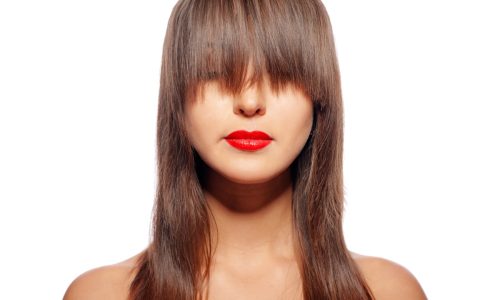
OK, you’ve tried bangs out, but your instincts were right about not liking them. You’ll have to let them grow out before spring and summer, but it’ll probably take more time for them to reach their full length. In this case, Anthony suggests hairstyles like a slicked-back bun or ponytail where you can use gel to keep the bangs in place.
“Also using clips to keep them back or trying hairstyles with frontal braids” are good interim styles, he says.

